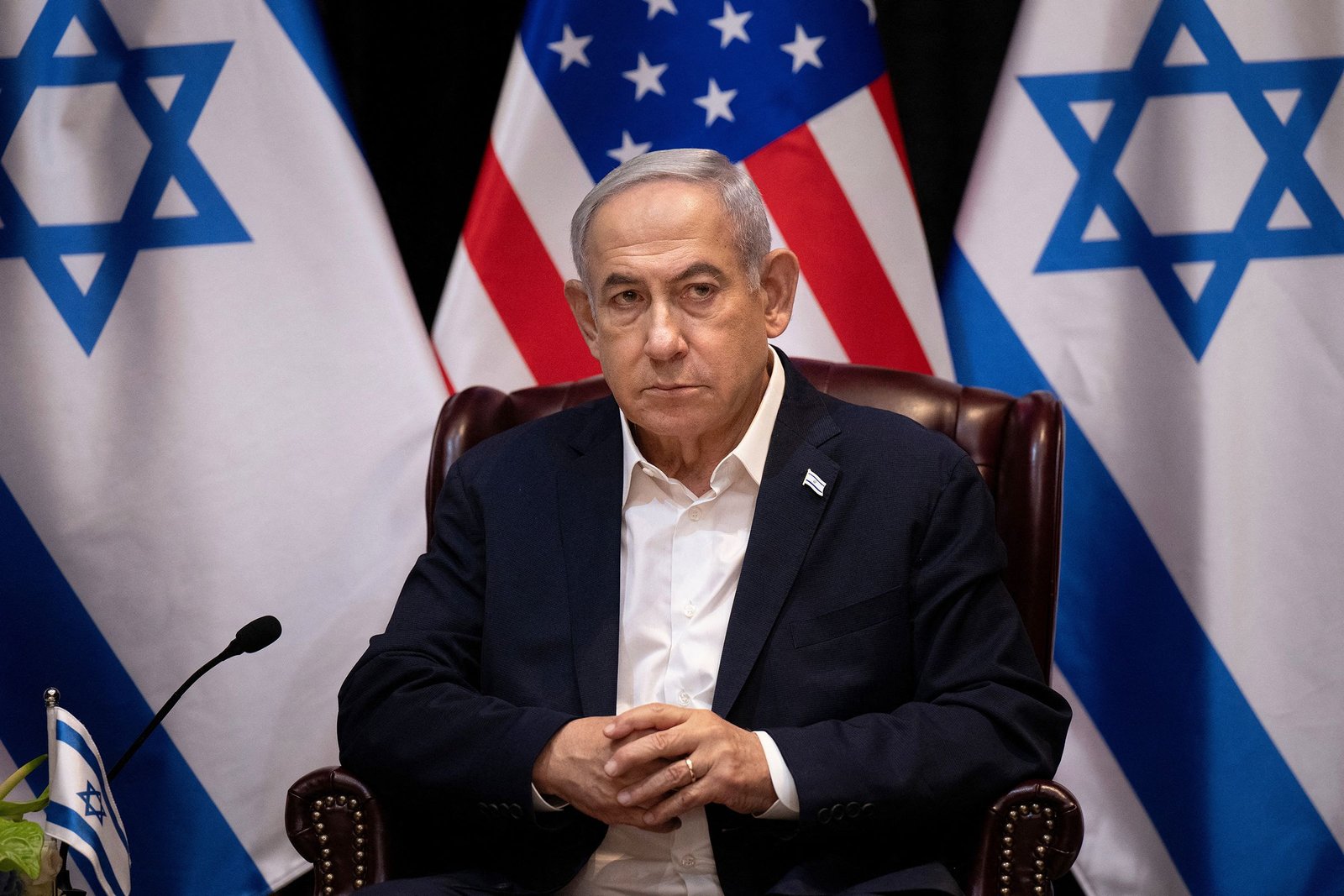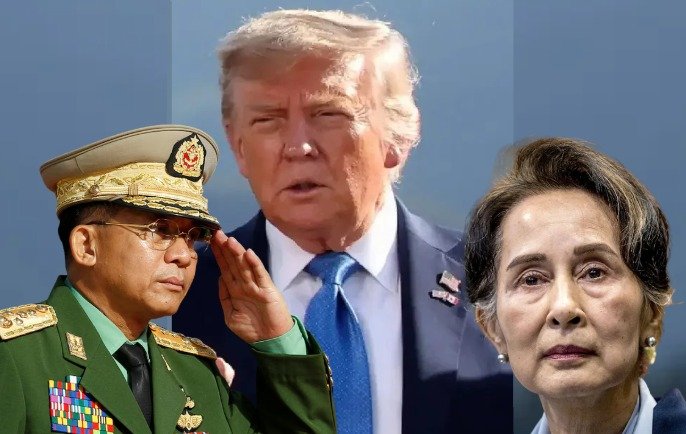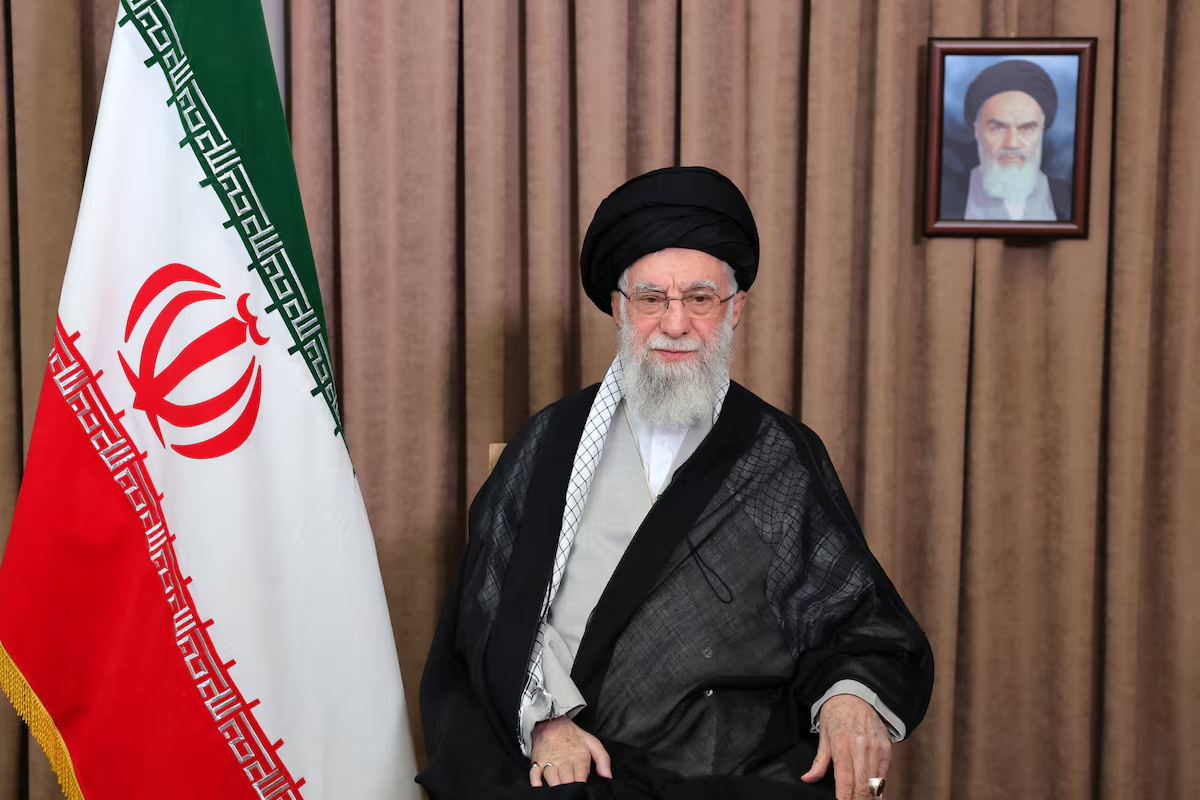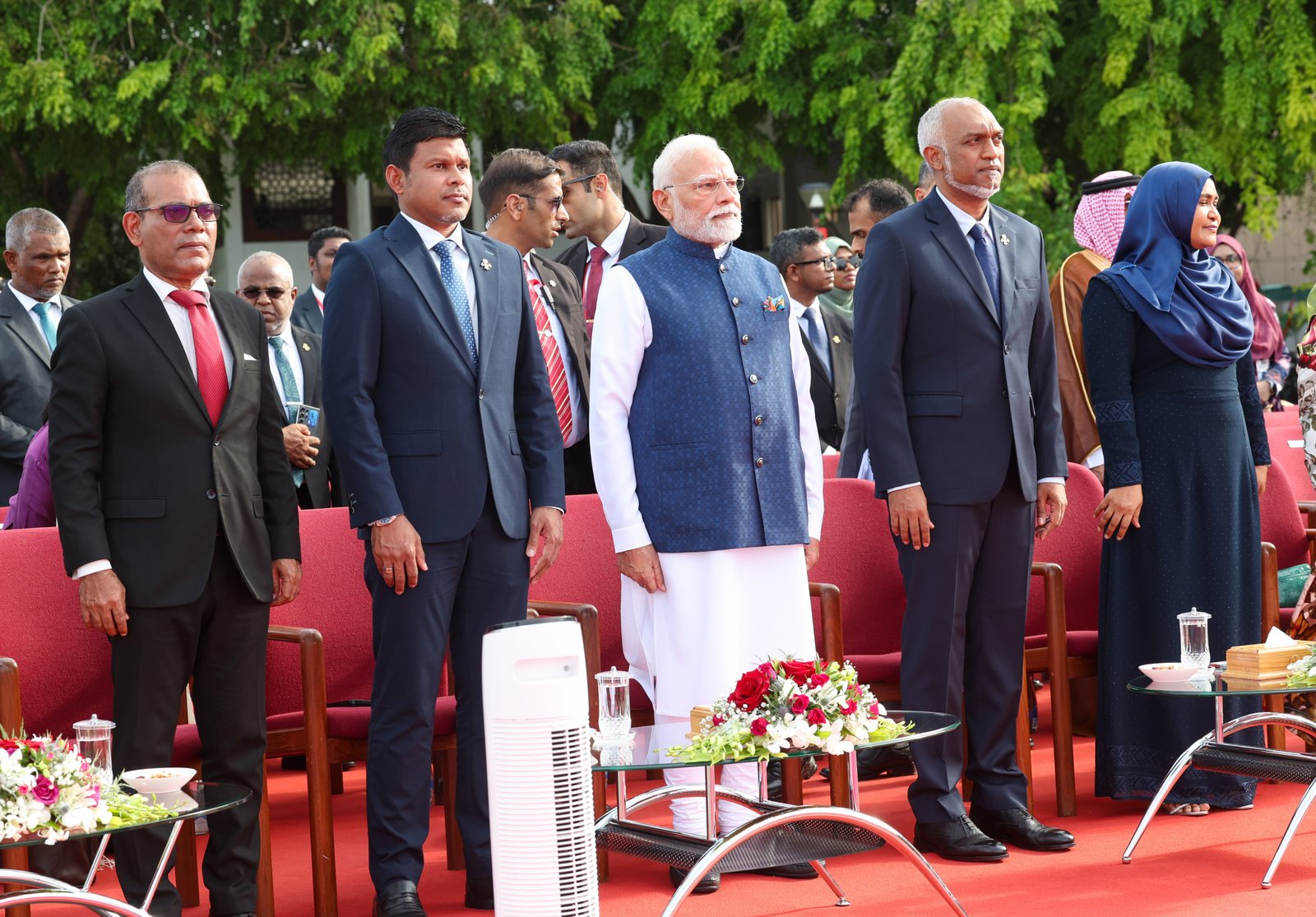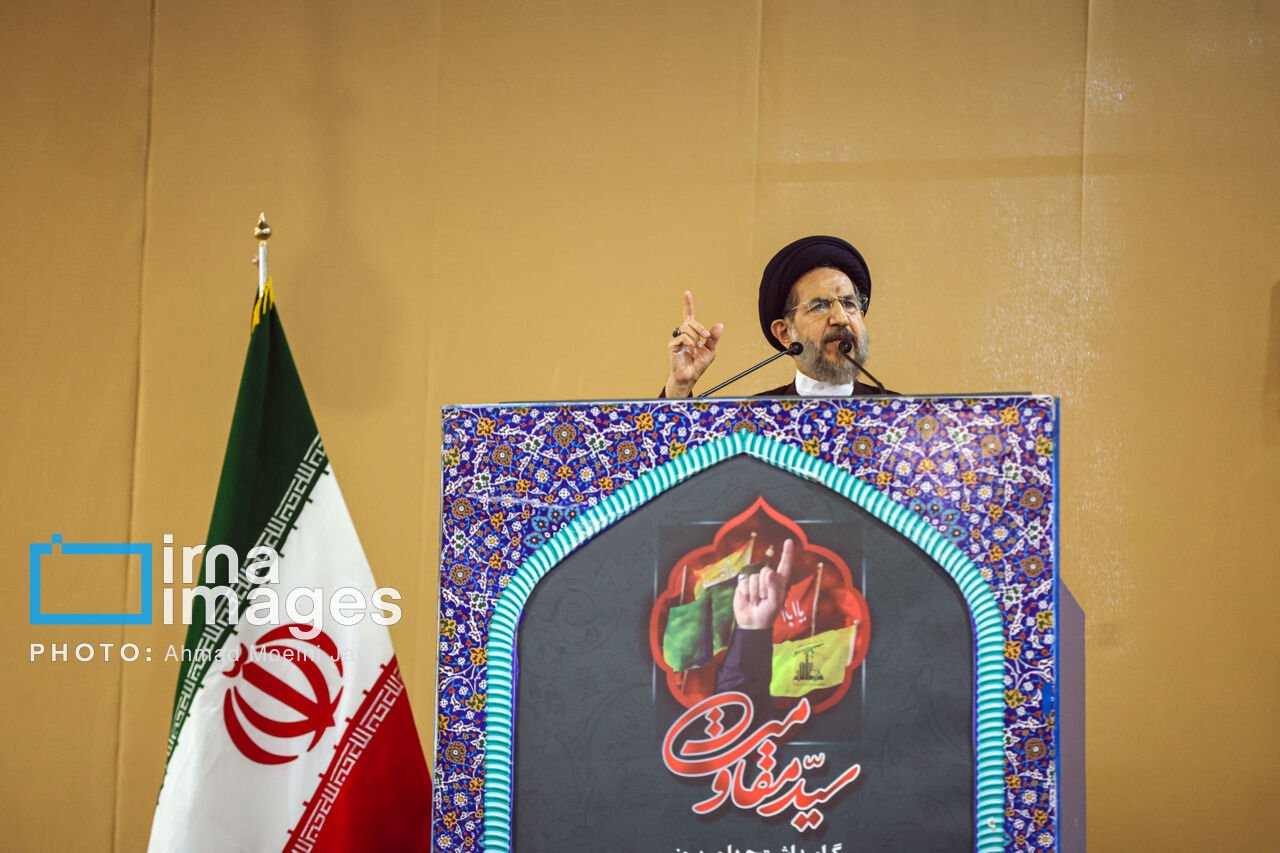How China Stood Like a Wall Beside Pakistan Amid Nuclear Tensions with India Over Kashmir
At the beginning of this month, a four-day conflict between India and Pakistan over Kashmir ended with a ceasefire, with both sides claiming victory. However, it is now becoming clear that China’s defense industry may have scored an unexpected win in this confrontation.
How China Stood Like a Wall Beside Pakistan Amid Nuclear Tensions with India Over Kashmir
How China Stood Like a Wall Beside Pakistan Amid Nuclear Tensions with India Over Kashmir
At the beginning of this month, a four-day conflict between India and Pakistan over Kashmir ended with a ceasefire, with both sides claiming victory. However, it is now becoming clear that China’s defense industry may have scored an unexpected win in this confrontation.
The conflict began on May 7 with India’s launch of “Operation Sindoor.” India claimed it struck “terrorist camps” inside Pakistan in retaliation for a brutal attack on April 22 in Pahalgam, India, where 26 people—mostly tourists—were killed, many in front of their family members. India blamed Pakistan for supporting terrorist groups responsible for the attack, an allegation Pakistan denies.
Following the strike, both sides launched retaliatory military operations using drones, missiles, and fighter jets. India deployed its French and Russian-made aircraft, while Pakistan used its Chinese co-produced J-10 and JF-17 jets. Both countries claimed their jets did not cross borders and that missiles were launched from a distance.
Pakistan asserted that it had shot down six Indian fighter jets, including the French-made Rafale. India has not officially commented on this claim.
Analysts say the battlefield success of China-made J-10 jets on Pakistan’s side is a major advertisement for China's defense industry. Zhou Bo, a former Chinese military official, told the BBC that the conflict demonstrated how “some of China’s weapons systems are exceptional.” Following the news, the shares of China’s AVIC Chengdu Aircraft Company reportedly surged by as much as 40% in a week.
However, some experts caution that it's too early to claim Chinese superiority in arms. Professor Walter Ladwig of King’s College London said, “It’s still undetermined whether Chinese fighter jets were more effective than the Rafales.”
India claimed that on the morning of May 10, it launched strikes on 11 Pakistani airbases, including the strategically significant Nur Khan airbase near Rawalpindi’s military headquarters and the Bhulari base near Karachi in the south.
Analysts believe these strikes were carefully planned. Although Pakistan used China’s HQ-9 air defense system, India reportedly managed to strike directly at the center of the runways.
China has invested over $50 billion in the China-Pakistan Economic Corridor (CPEC), so instability in Pakistan is against Chinese interests. Pakistani analyst Imtiaz Gul remarked that the depth of Chinese support in modern warfare with Pakistan surprised Indian strategists.
Though questions have been raised in the past about the quality of Chinese weaponry—such as flaws in fighter jets used by Myanmar and Nigeria—this conflict provided a rare opportunity to observe the effectiveness of Chinese arms in a real battlefield scenario.




